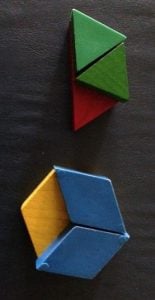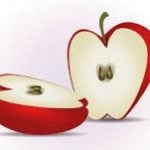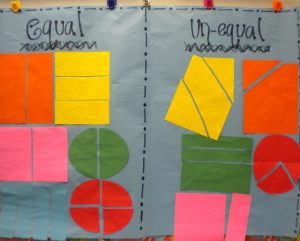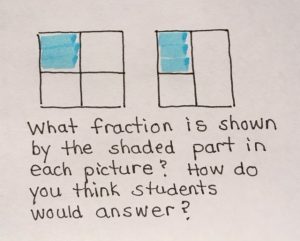Review by C. Elkins, OK Math and Reading Lady
Resource – http://illuminations.nctm.org
This is a math resource I absolutely love! It is a product of the National Council for the Teachers of Mathematics (NCTM). 
This site includes lesson plans and interactive activities. Search in several ways: by topic, by standard, or by grade level. Need some strategy games? Check out “Calculation Nation” (some of which can be played against other players), and “Brain Teasers.” I have just added this link to my Resources page (on my blog home page). Pass this along to parents for them to use with their children at home!
Many of the lessons connect to exploration projects and literature. The interactive features are outstanding!! These are perfect for the smartboard, on laptops, or tablets. Doing Zoom lessons? Then these are also wonderful for sharing the screen to introduce or review concepts. Once you are on the home screen, click the Interactives box (right side) and then the desired grade level. There are dozens of great applets, but here are a few you might really like. I have linked them for easy reference, so just click on the title and you’ll be there:
Dynamic Paper: Customize graph paper, number lines, spinners, nets, number grids, shapes (to include pattern blocks, color tiles, and attribute blocks), and tessellations. You can also choose inches or cm. These can be customized, saved and printed as jpeg or pdf. I created the spinner shown here from this application.
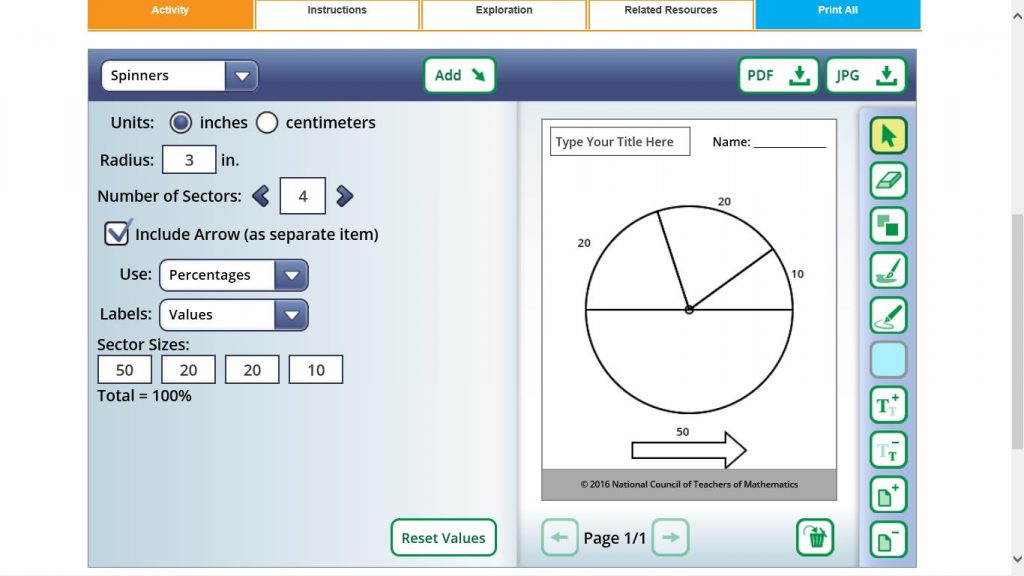
Five Frame and Ten Frame tools: Geat activities to build number sense using five or ten frames. These may take 1-2 minutes to load.
Cubes: Build a rectangular prism one cube, or row, or layer at a time and then compute the volume or surface area.
Coin Box: Drag and exchange coins. There is also a feature I like (the grid at the bottom right corner), which puts coins in blocks (by 1s for pennies, 5s for nickels, 10s for dimes, and 25s for quarters). This really helps see the value of the coins. Want more info about coin blocks? Once on the Coin Box page, click on the “Related Resources” tab.
Try these for fractions: Fraction Models (which includes decimal and percent equivalencies) and the Fraction Game.
Geometric Solids: Create a shape (either transparent or solid) and swivel it around to see all of the faces, vertices, and edges. It has a cube and pyramid as far as basic 3D shapes are concerned. I wish it had more that 3rd-5th students would encounter.
Here’s a nice multiplication game: Product Game Two players (or a player vs. the computer) choose factors from the bottom bar to create products shown on the game board grid to get 4 in a row (and try to block your opponent from getting 4 in a row). Be sure to see the directions included.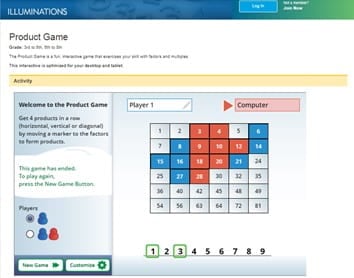
Some of the interactives require an NCTM subscription. The ones I have listed above should be okay to access without membership. I have subscribed for years and just paid $94 for this coming year. Well worth it if you plan on using their site extensively. This subscription also entitles you to a print and and online journal, blog capabilities, and more.
Enjoy these and so many more!!! Let us know if there are others you recommend. I’ll highlight more on my next post.
 A great literature connection to this project is the book
A great literature connection to this project is the book 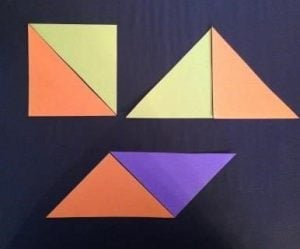
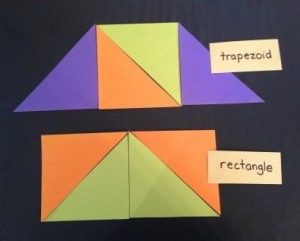

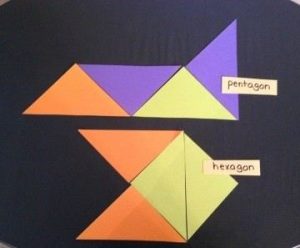
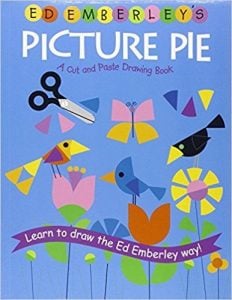 In this post I will share one project which helps students gain hands-on experience with fractions. More to come in future posts.
In this post I will share one project which helps students gain hands-on experience with fractions. More to come in future posts.


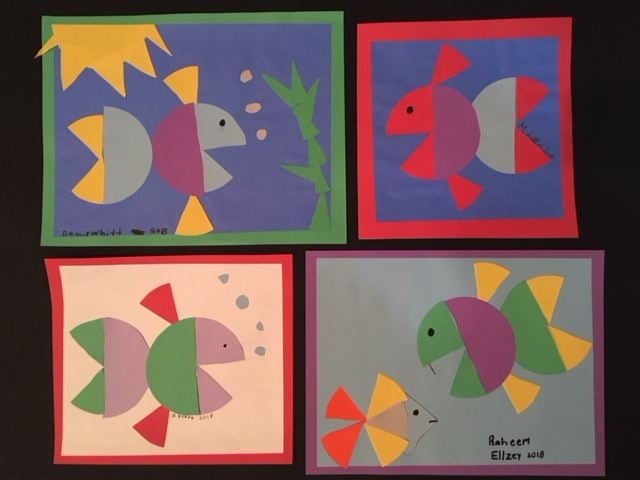
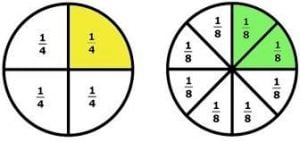 adding and subtracting fractions by composing and decomposing simple fractions using concrete and visual models.
adding and subtracting fractions by composing and decomposing simple fractions using concrete and visual models. 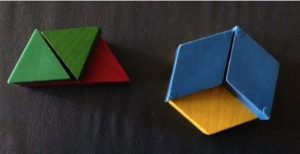
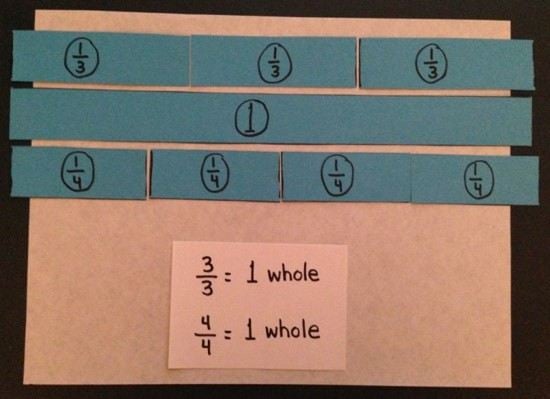
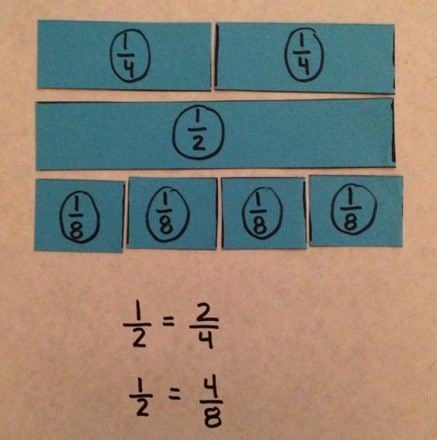
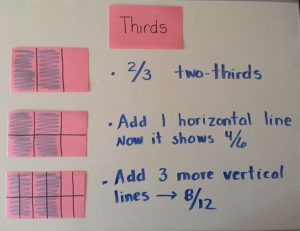

 In my opinion, determining if (or how) two fractions are equivalent is also a very important step when comparing fractions. However, regarding the OAS, students are not asked to represent or rename equivalent fractions until 4th grade (4.N.2.1). I will address equivalent fractions in the next post – just know that sometimes this skill goes hand in hand with comparing fractions. AND keep in mind that most of the standards for fractions through 4th grade stipulate “using concrete and pictorial models, fraction strips, number lines.” Students in 4th grade should not be expected to do abstract paper-pencil steps to simplify or “reduce” fractions to simplest terms, nor cross multiply to compare, etc. They need hands-on experience to more fully understand the concepts about fractions that are so difficult to grasp abstractly. Then in 5th grade students should have enough visual pictures in their head to solve operational problems with fractions. OK, that’s my soapbox. Don’t make it harder than it should be.
In my opinion, determining if (or how) two fractions are equivalent is also a very important step when comparing fractions. However, regarding the OAS, students are not asked to represent or rename equivalent fractions until 4th grade (4.N.2.1). I will address equivalent fractions in the next post – just know that sometimes this skill goes hand in hand with comparing fractions. AND keep in mind that most of the standards for fractions through 4th grade stipulate “using concrete and pictorial models, fraction strips, number lines.” Students in 4th grade should not be expected to do abstract paper-pencil steps to simplify or “reduce” fractions to simplest terms, nor cross multiply to compare, etc. They need hands-on experience to more fully understand the concepts about fractions that are so difficult to grasp abstractly. Then in 5th grade students should have enough visual pictures in their head to solve operational problems with fractions. OK, that’s my soapbox. Don’t make it harder than it should be.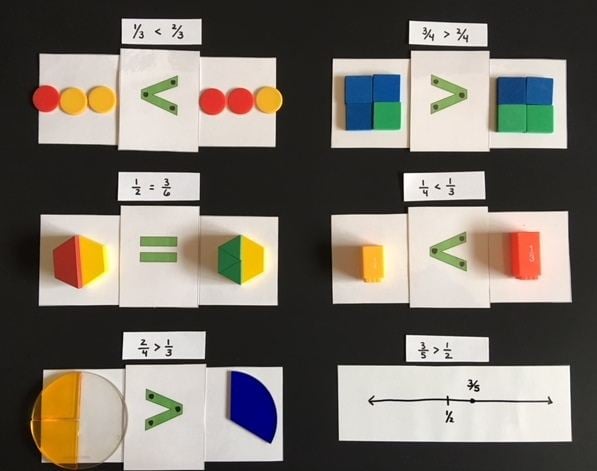
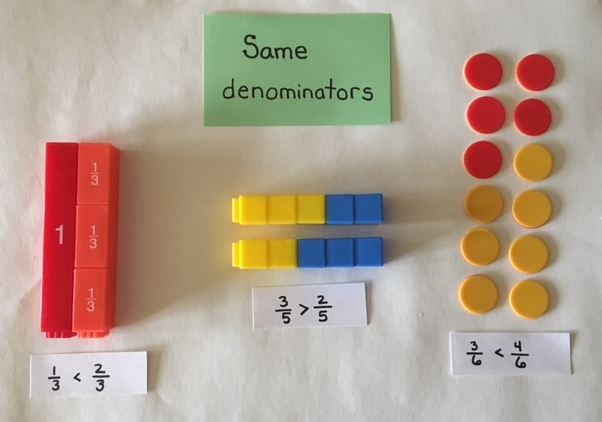

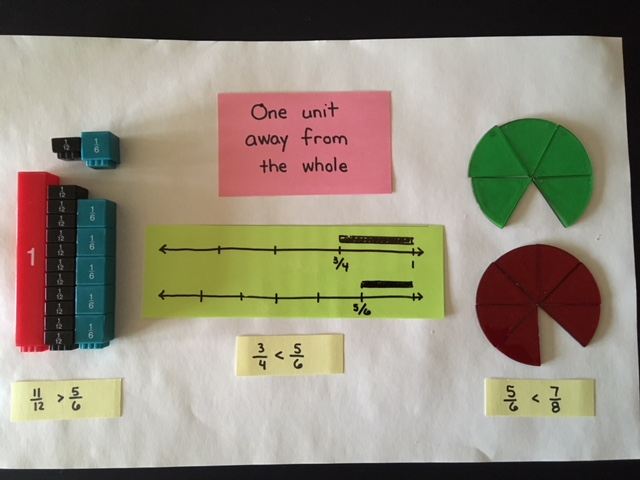
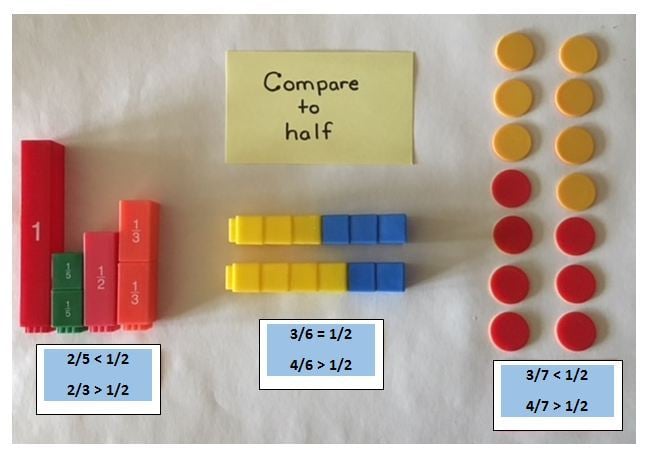
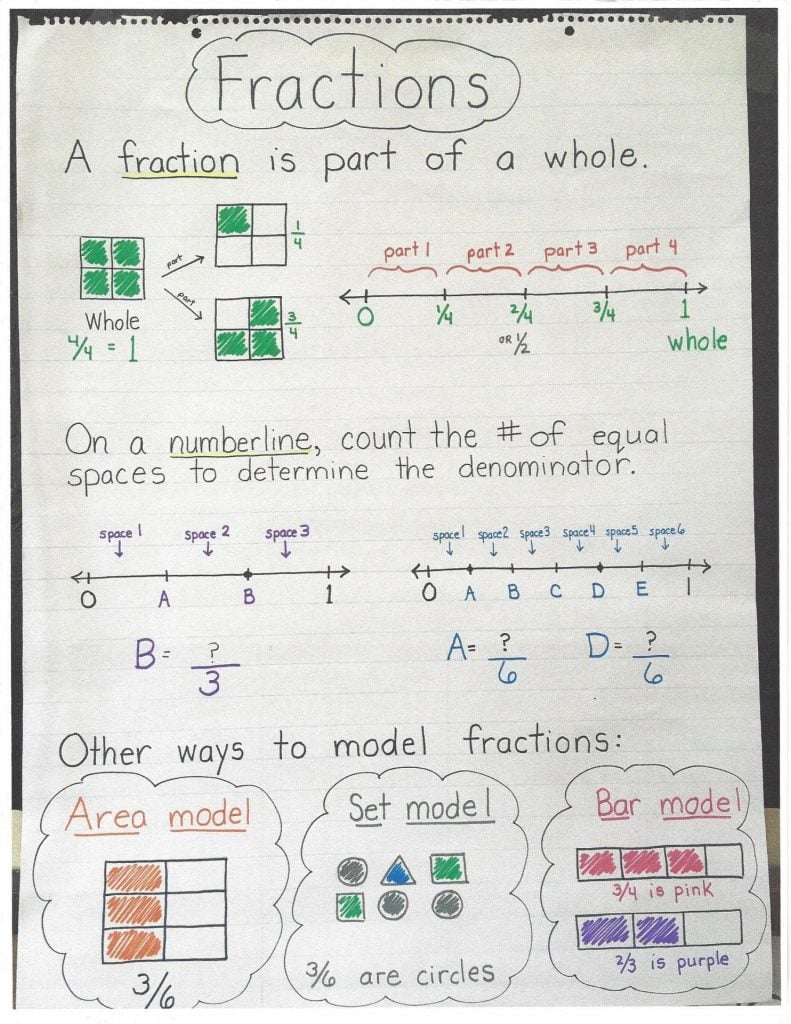
 It has great examples of children’s misconceptions about fractions and lessons on how to try to remediate them. A recurring theme in the book is that while kids can learn “tricks” to help them solve fraction problems, they often do little to help students conceptualize what fractions are. Here’s a link to Math Solutions regarding this book:
It has great examples of children’s misconceptions about fractions and lessons on how to try to remediate them. A recurring theme in the book is that while kids can learn “tricks” to help them solve fraction problems, they often do little to help students conceptualize what fractions are. Here’s a link to Math Solutions regarding this book: 